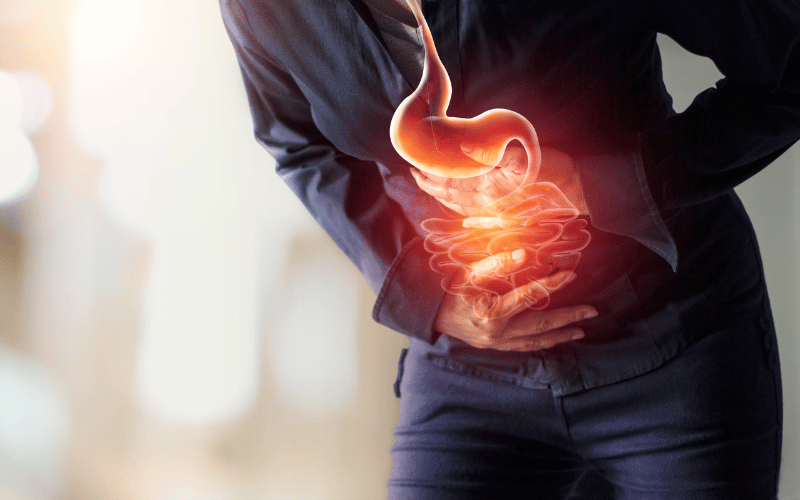Introduction: Unraveling the Mysteries of Duodenal Ulcers

Duodenal ulcers have long been a subject of medical research and concern, mainly because of their subtle onset and potential complications if left untreated. These open sores form on the inside lining of the beginning of the small intestine, specifically the duodenum. Their emergence is often linked to the bacterium Helicobacter pylori or extended use of non-steroidal anti-inflammatory drugs (NSAIDs).
Understanding the symptoms associated with duodenal ulcers can be a game-changer. It can facilitate early diagnosis, pave the way for timely medical intervention, and potentially prevent severe outcomes. For many, the symptoms might initially seem generic or easily confused with other gastrointestinal disturbances. It’s essential to differentiate them, recognize their significance, and respond appropriately.
Early recognition and awareness about duodenal ulcers are not merely about knowing the signs but comprehending their impact on daily life. Prolonged symptoms can lead to complications, disrupt day-to-day activities, and reduce one’s quality of life. With this backdrop, let’s delve deep into the ten most common symptoms of duodenal ulcers.
Symptom 1: Burning Stomach Pain

A duodenal ulcer is notorious for presenting a unique pain that sets it apart from routine abdominal discomforts. A searing or gnawing pain emerges, generally felt in the upper abdomen. The sensation isn’t just a transient, fleeting moment but can persist, imprinting an intense memory that’s hard to forget.
Timing is everything when pinpointing the cause of this discomfort. The pain typically arises a few hours post-mealtime. Interestingly, it’s more pronounced during nighttime, an odd period when the stomach usually settles after a day of digestion. If there’s a recurrent pattern to this pain, it’s wise to take note.
Not all foods aggravate the pain. Some individuals even find solace in certain meals, noting a temporary reprieve. Antacids too can come to the rescue, offering short-lived comfort. These symptomatic reliefs, while not cures, shed light on the ulcer’s acidic backdrop, pointing healthcare professionals in the right diagnostic direction.
The pain isn’t a static entity; it evolves. Sometimes it’s a dull ache, and on other occasions, it surges, becoming almost unbearable. Monitoring its intensity isn’t mere masochism; it’s a way to track the ulcer’s progression. The more severe it gets, the more immediate medical intervention becomes.
Routine stomachaches come and go, but the pain from a duodenal ulcer stands out. Its intensity, timing, and response to foods or antacids make it unique. Recognizing these characteristics can accelerate the diagnostic journey, ensuring timely treatment and reduced complications. (1)